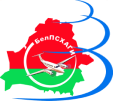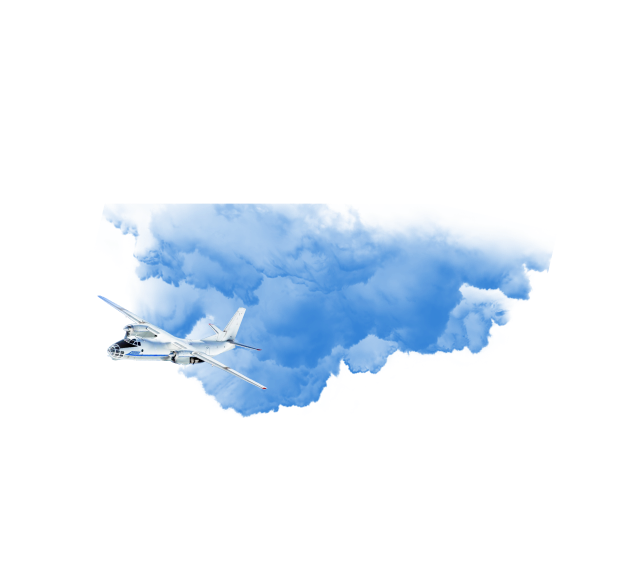Aerial photography from an airplane

Aerial photography is one of the main methods for studying the earth's surface, which makes it possible to quickly record large areas of the studied earth's surface with the required accuracy and detail. Aerial photography provides objective information and allows you to identify terrain objects that are indistinguishable during visual inspection. In aerial photography, information about objects on the earth's surface is obtained at a distance without direct contact with them, therefore aerial photography is considered a method of Earth remote sensing (ERS).
Aerial photography is one of the most effective methods for obtaining spatial data. High resolution and quality of images ensure wide application of aerial survey data in various fields of activity. Aerial photography allows you to fully provide the initial information for the process of creating cartographic and GIS materials of various scale series.
State Enterprise "BelPSKHAGI" performs topographic aerial photography of the earth's surface from an aircraft in order to obtain data, and use them in the future to create topographic maps, plans, and other types of products. The received ERS data strictly correspond to the geometric similarity of the image of the earth's surface and geometric accuracy.

Improved image quality
 ADS100 is available in SH100 version (62.7mm focal length). A multispectral scanning bandwidth of 20,000 pixels guarantees the highest acquisition efficiency, and a full-color RGBN spectrum with 100% overlap in three directions from independent channels (forward, backward and nadir) provides flexibility and ease of stereo interpretation.
ADS100 is available in SH100 version (62.7mm focal length). A multispectral scanning bandwidth of 20,000 pixels guarantees the highest acquisition efficiency, and a full-color RGBN spectrum with 100% overlap in three directions from independent channels (forward, backward and nadir) provides flexibility and ease of stereo interpretation.
Simultaneous shooting in several spectral channels can be used to create multispectral images, in false colors, in which there is a near infrared channel and two selected channels of the visible spectrum zone. Such a survey has high decoding properties.
Fast processing speed
The ADS100 aerial survey device has a built-in high-precision GNSS receiver Novatel SPAN with support for GPS, GLONASS signals, which, in combination with an inertial IMU system that work together, makes it possible to determine spatial coordinates in real time, which in turn allows, directly in flight, to receive elements of external orientation of the generated image and thereby reduce the cost of planning and high-altitude preparation and the timing of work. As a result, the process of aerial triangulation is simplified and the process of processing the received data is maximized. All work, from the planning phase of the flight mission in the Leica Mission Pro software to the creation of orthophoto images, including the generation of point clouds and the work with stereo data in the Leica XPro software, is carried out with the highest level of productivity.
Common touch platform
The ADS100 supports a unified aircraft installation. All system components, such as the PAV100 gyro-stabilized platform (used to compensate for the aircraft tilt angles), the CC33 camera controller, as well as the operator and pilot on-board displays, can be used in conjunction with other equipment from Leica, which greatly simplifies their operation.
The use of digital aerial photography for solving various problems
Remote sensing data are traditionally the most accurate spatial basis for creating geoinformation systems, and high image resolution (from 5 to 50 centimeters per pixel), and excellent detailing of aerial survey materials, allows solving a wide range of problems facing various sectors of the national economy, including including for such commercial areas as: mapping, land use, monitoring of infrastructure of objects and the environment, agriculture and forestry, oil and gas sector, planning and management of production facilities, cadastre, creation and updating of master plans for the development of cities and rural settlements..







